The Youngest Established Permanent Floating Art Museum in Paris
 02.15.2013
02.15.2013
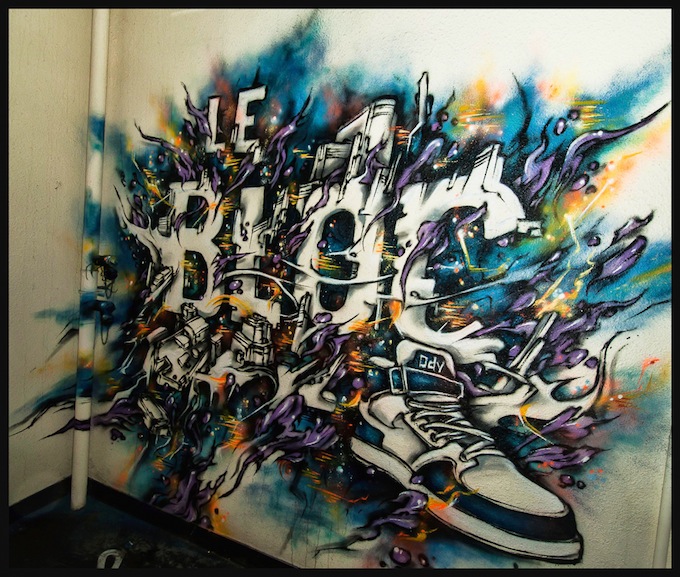 All art in this post is at Le Bloc. Artwork (c) 2013 by the artists.
All art in this post is at Le Bloc. Artwork (c) 2013 by the artists.
The clock is ticking on one of Paris' newest contemporary art museums.
No, not the big clock on the face of Musée D'Orsay, the former train station turned high art Mecca in Paris' trés chic, Seine-hugging seventh arrondissement.

The museum to which we're referring is Le Bloc, waaaay out in the non-trendy nineteenth, accessible by a tiny Metro spur line, and the clock is the administrative clock that began ticking Wednesday, when the museum's founders received a summons asking them to leave the seven-story, 7,000 square meter former office building they've occupied since early November.

Okay, Le Bloc is not technically a museum, it's a squat, and the artists/organizers are following a grand tradition of artists that goes back at least as far as Pablo Picasso's Montmartre Bateau-Lavoirs--find a rent-free accommodation for your studio/living space, and use your money for your art and food.

Squatting is simple. Find an empty building (the Le Bloc folks Googled to find theirs), move in, invite friends, and stay for 48 hours, after which, according to French law, you cannot be forcibly evicted. The owner must then take you to Paris Administrative Court and get a ruling against you, an administrative process that could take months, stretching into years. In France, it's illegal to evict anyone in the winter.
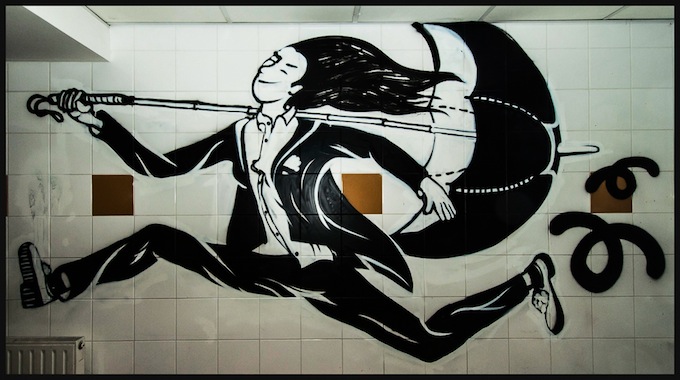
Before the legal hammer falls, start working to prove that you're an improvement over having an empty building in the neighborhood. This means providing public spaces for social services, community events, artists' studios, or affordable housing to satisfy an overwhelming demand in an expensive city of 2.5 million people where up to eight percent of residences are nonetheless vacant at any one time.
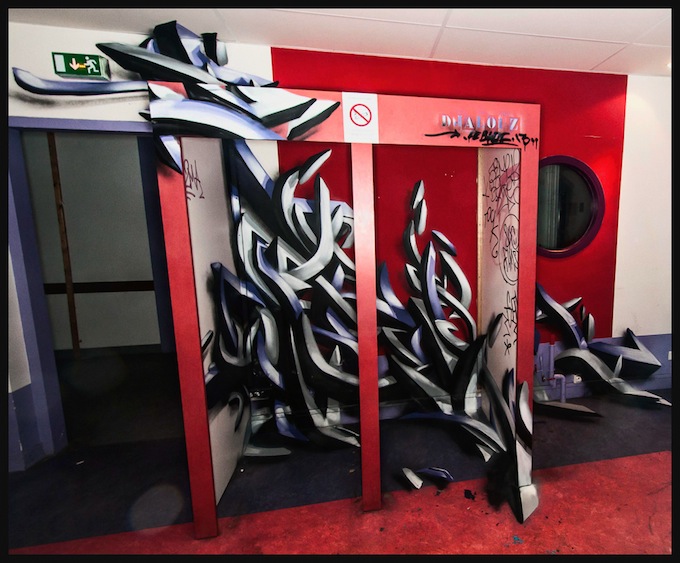
It's a long shot (and people squat for different reasons, not just because they're artists), but some of the more famous artists' buildings in Paris, like the 200-occupant Les Frigos, and 59 rue du Rivoli, which houses thirty artists amid the posh neighborhood clothing stores, are examples of successful conversions from squats to legal spots. The City of Paris paid $12.5 million dollars in 2006 to buy and refurbish 59 Rivoli, for example, and reopened it in 2009. Artists can pay as little as one euro a day rent.

More squats disappear than get embraced by the city, but artists are born to play the odds; it's hard to imagine a more insecure profession. Pile on squatting, which often means living with no hot water, heat, light, and other amenities, and this life looks like a game for the young, with supple bones and thick pelts. Most of the squatters we know are young, or at least under forty.
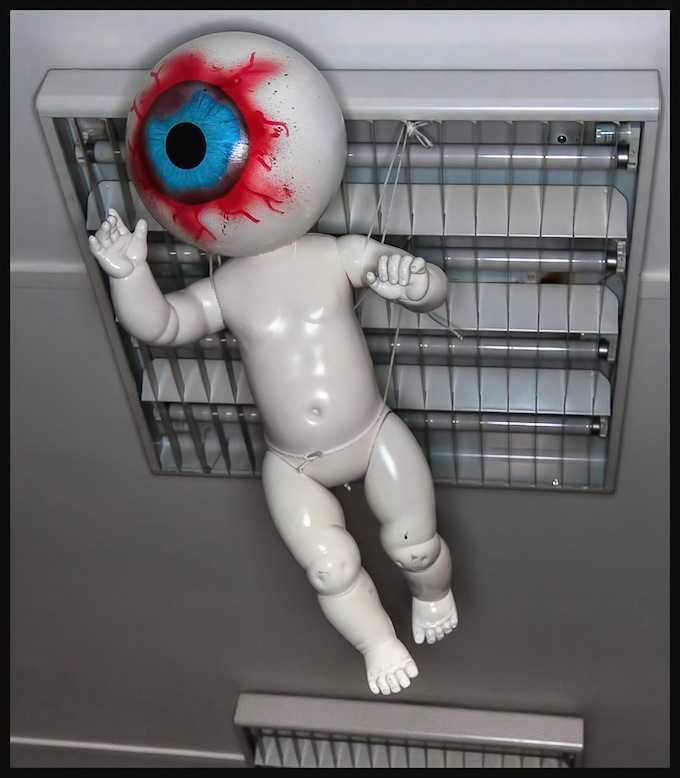
Le Bloc is seven stories tall, with four additional floors underground, and incorporates an old parking garage. On February 9, we were given a guided tour of all eleven floors, save for the roof, because the person entrusted with that key was elsewhere. Each of the aboveground floors has at least a dozen small offices/studios that are now all occupied by about 180 working artists, and common rooms that are decorated spaces.

Our guide, who is one of the squat organizers, told us he prefers working artists who will be in their offices daily, rather than offering space to more established artists who might only show up once a week or so. While art is often a solitary undertaking, artists are also asked to participate in community, and help run the place.

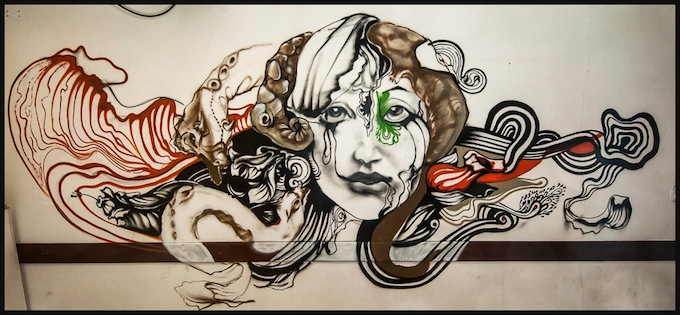
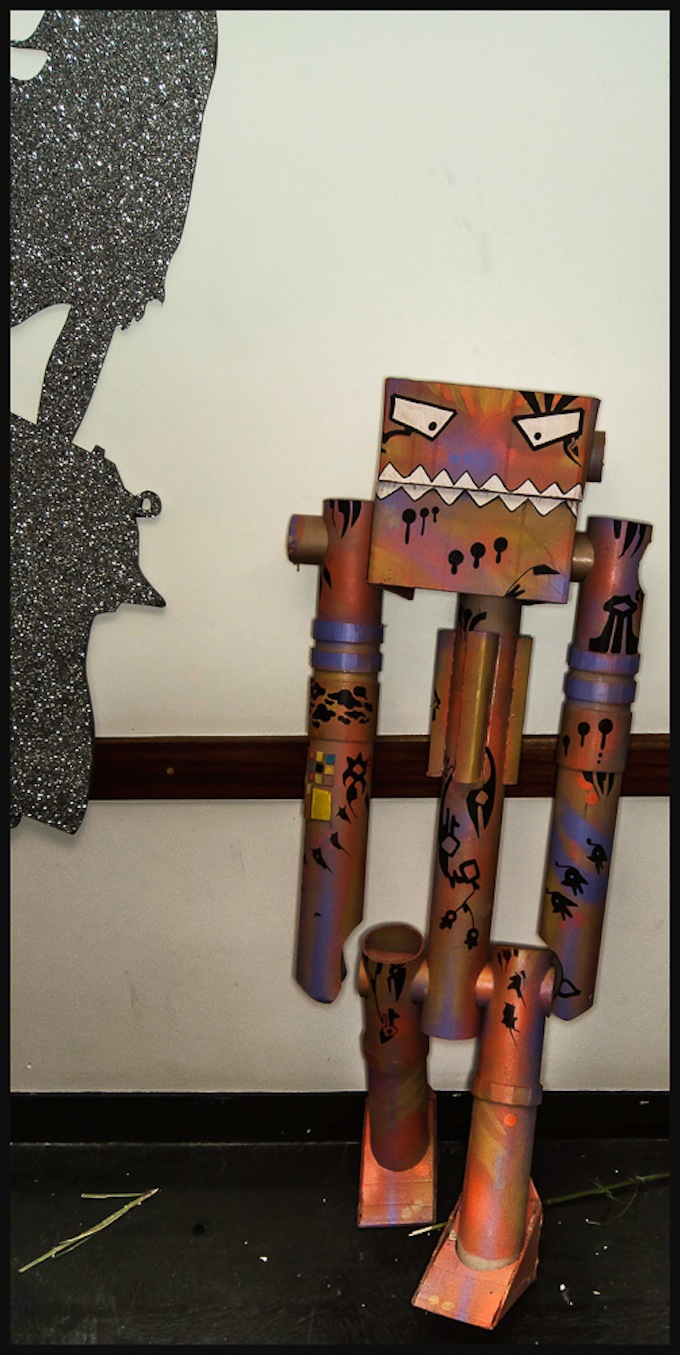
The four underground floors, and the circular ramps and old parking spaces, are a new contemporary art museum, a venue close in spirit to Nathan Detroit's underground craps parlor ("Guys and Dolls," of course). Amid dozens of old tipped-over metal bookcases, with the contents of cardboard boxes--paper forms from the health office that was the former tenant--strewn about, and in rooms with standing water a few inches deep, art is flourishing on the walls. Various artists and crews are creating murals and tags that may never survive past this present temporary occupation, but the symphony of color and spray art technique is worth the visit while it's there.
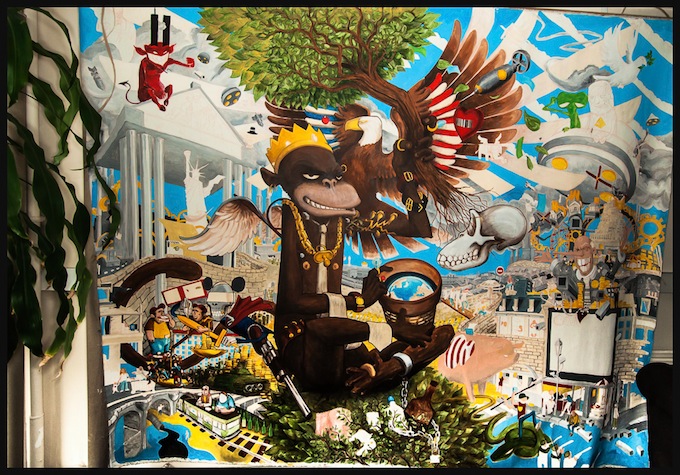
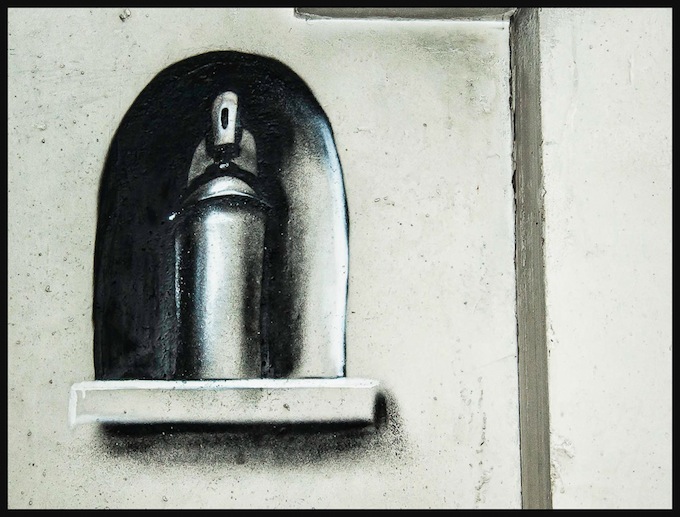
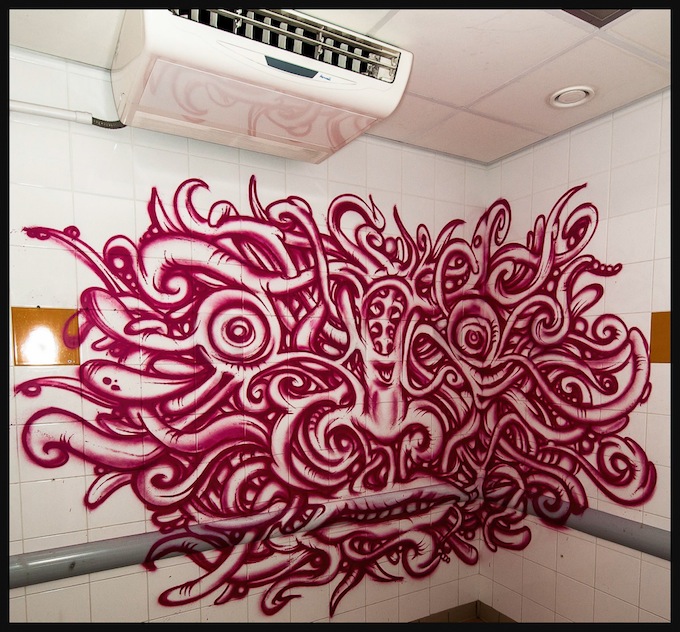
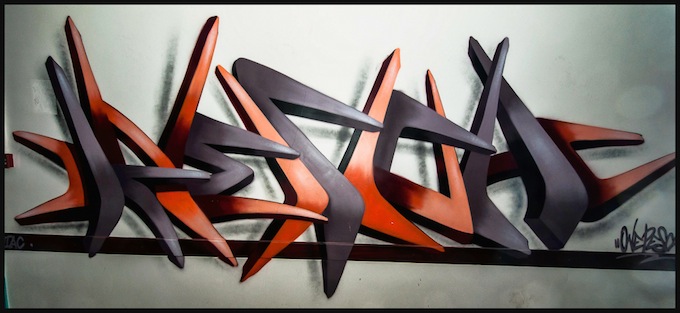
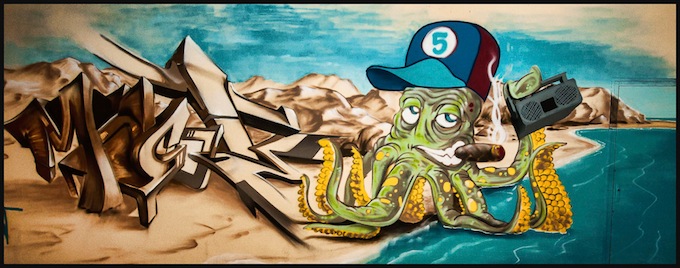
How to get in? Luckily, Le Bloc is having its first-ever open house today (Saturday, 16 February) from 2 'til 11 p.m.

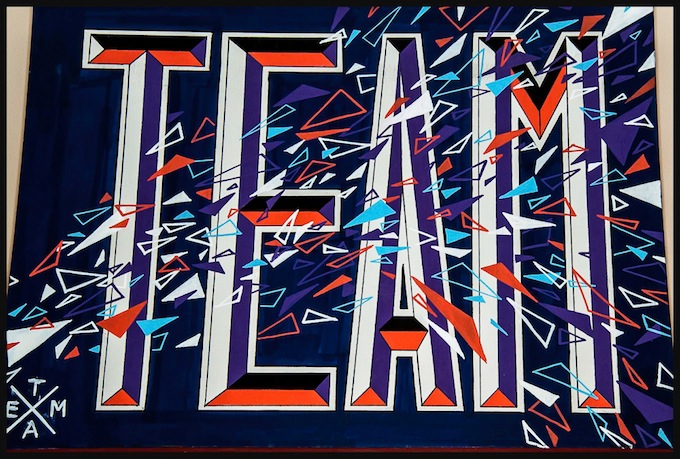

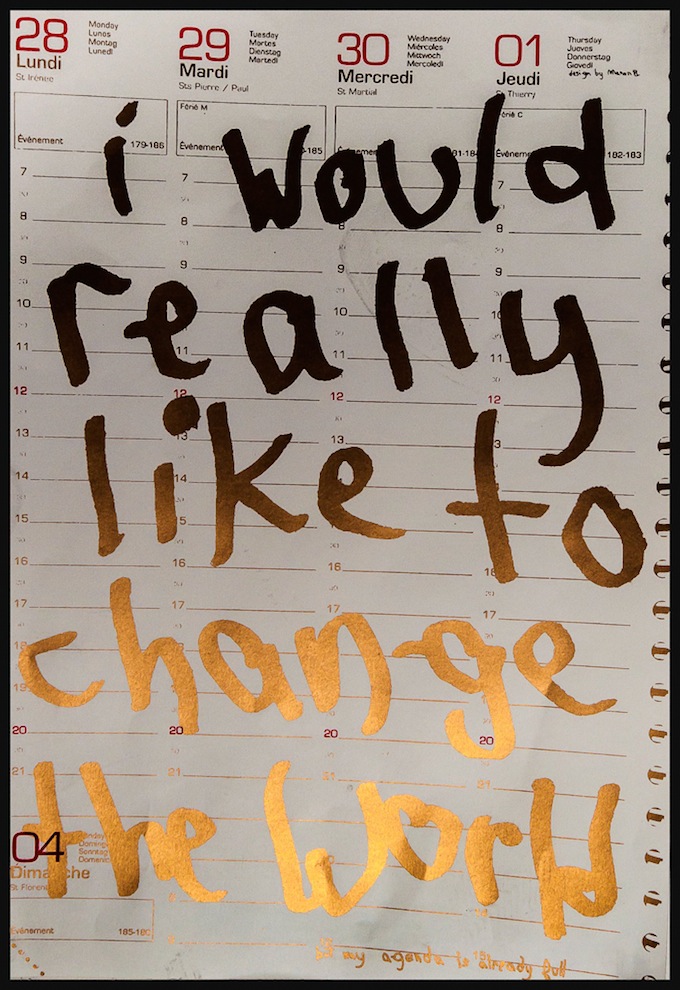
We shot many more pictures than can adorn a Paris Play post, so if you'd like to see the rest, eighty-two in total, pop over here to Facebook.
 Le Bloc,
Le Bloc,  artists,
artists,  squats,
squats,  street art in
street art in  Paris Life
Paris Life 
